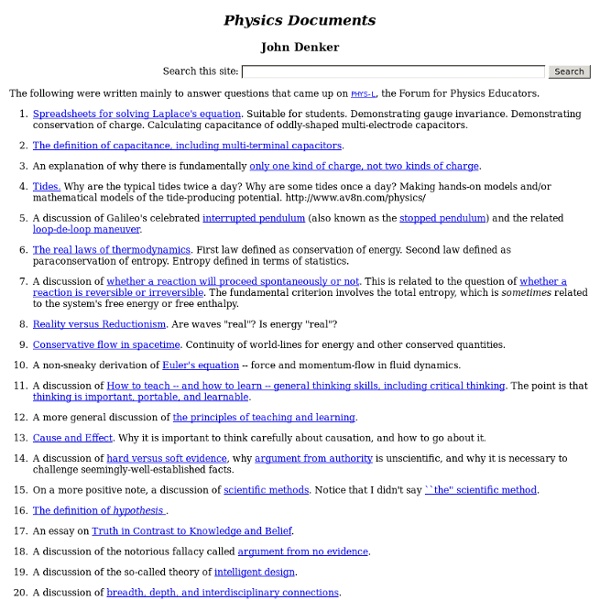



Science in the News Maths - Resources Maths - Resources Maths Investigations Games Test Yourself Revise Other Stuff Resources Feedback Updates Links Source File Types PDF file. You might need to install Acrobat Reader to view and print these files. Open Document An open standard for office documents. Microsoft Office These may or may not be compatible with the version of Office you have installed. Zip archive A zip archive is a convenient way of combining and compressing several files into one single file. WWW link Link to another site. Stationery | Starters & Puzzles | Worksheets: Number | Worksheets: Geometry | Worksheets: Statistics | Miscellaneous Stationery This section contains printables that you might find useful. Links Graph paper generator (incompetech.com) Make your own graph paper! Statistical graph papers (weibull.com) More downloadable graph papers Starters & Puzzles Worksheets - Number Worksheets - Geometry Worksheets - Statistics & probability Miscellaneous
Quantum mysteries John Gribbin For seventy years, physicists have worried about what quantum mechanics means. They can use quantum physics, to be sure; witness the successful designs of lasers and computer microchips, and the understanding of molecules that makes genetic engineering possible. But the equations that are a routine part of this kind of work contain one embarrassing feature. In fact, few physicists worry about such things. The archetypal example of the quantum mysteries is the "experiment with two holes", where the measured position of a single electron that passes through two holes in a screen can only be explained in terms of the wave function travelling through both holes at once and interfering with itself. Imagine that we have a source which will emit a single quantum particle in a random direction (ordinary radioactive nuclei do exactly this, so there is nothing special about the source). So far, simple enough. It works like this.
PhysicsCentral: Learn How Your World Works lanl.arxiv.org e-Print archive mirror Physics for the 21st Century Course Overview Welcome to Physics for the 21st Century: an on-line course that explores the frontiers of physics. The 11 units, accompanied by videos, interactive simulations, and a comprehensive Facilitator's Guide, work together to present an overview of key areas of rapidly-advancing knowledge in the field, arranged from the sub-atomic scale to the cosmological. The goal is to make the frontiers of physics accessible to anyone with an inquisitive mind who wants to experience the excitement, probe the mystery, and understand the human aspects of modern physics. About This Course | Using This Site
Chapter 3 Classical physics could not explain the spectra of black bodies. It predicted that the intensity (power emitted at a given wavelength) of emitted light should increase rapidly with decreasing wavelength without limit (the "ultraviolet catastrophe"). In the figure below, the curve labeled "Rayleigh-Jeans law" shows the classically expected behavior. However, the measured spectra actually showed an intensity maximum at a particular wavelength, while the intensity decreased at wavelengths both above and below the maximum. E = hf (Planck's formula) where h (Planck's constant) is an exceedingly small number whose value we do not need here, and f is the frequency of vibration of the oscillator (the number of times it vibrates per second). Also in the late 1800s, experimental physicists were measuring the emission of electrons from metallic objects when they shined light on the object. 3.2. Line spectra are another example of phenomena that could not be explained by classical physics. l=h/p
Introduction to quantum mechanics Non-technical introduction to quantum physics Many aspects of quantum mechanics are counterintuitive[3] and can seem paradoxical because they describe behavior quite different from that seen at larger scales. In the words of quantum physicist Richard Feynman, quantum mechanics deals with "nature as She is—absurd".[4] Features of quantum mechanics often defy simple explanations in everyday language. One example of this is the uncertainty principle: precise measurements of position cannot be combined with precise measurements of velocity. Another example is entanglement. Quantum mechanics helps us understand chemistry, because it explains how atoms interact with each other and form molecules. History[edit] Maxwell's unification of electricity, magnetism, and light in the 1880s led to experiments on the interaction of light and matter. Evidence of quanta from the photoelectric effect[edit] Ten years elapsed before Millikan's definitive experiment[7] verified Einstein's prediction.